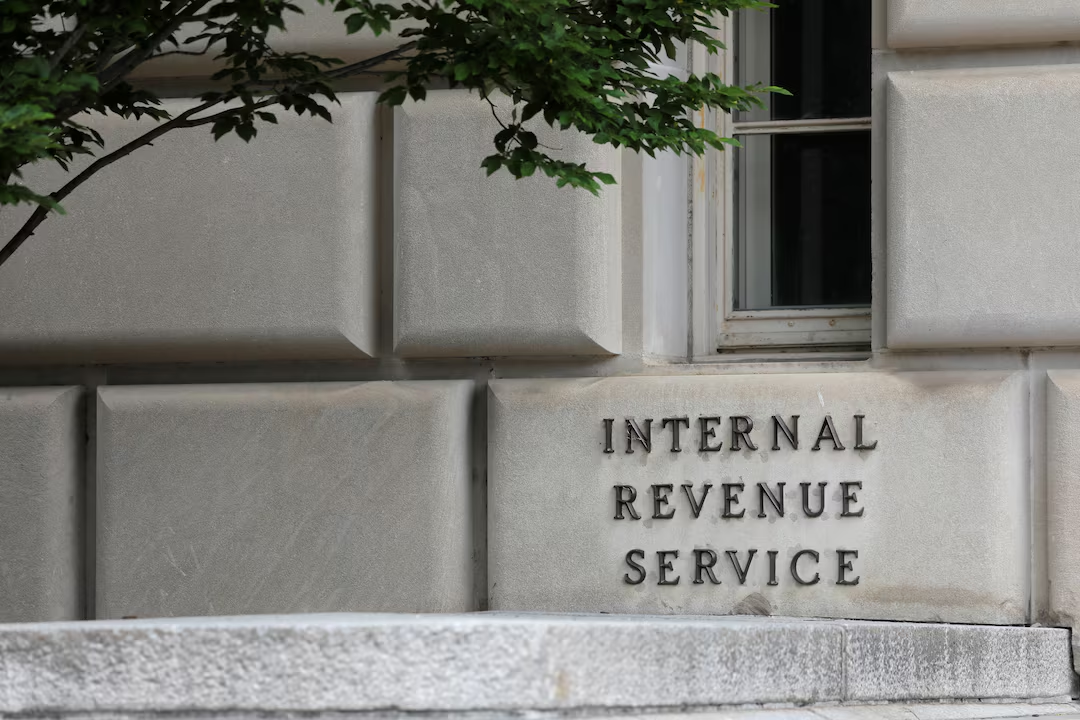What are the tax brackets for the 2024 and 2025 tax years?What are the tax brackets for tax years 2024 and 2025? What to know ahead of filing seasonWhat are the tax brackets for the 2024 and 2025 tax years?

Essential Considerations for the Upcoming Filing Season As January approaches and inflation continues to affect the financial landscape for Americans, taxpayers nationwide are gearing up for their filings in 2025. To facilitate a smooth transition, the Internal Revenue Service proclaims annual inflation adjustments, highlighting modifications across more than 60 tax provisions. The IRS disclosed figures for the 2024 tax year last year, prompting taxpayers, particularly those filing as single or married, to closely scrutinize the standard deduction. According to the IRS, the standard deduction for single taxpayers and married individuals filing separately has increased to $14,600, reflecting a $750 increase from the tax year 2023. The IRS has announced that for the tax year 2024, married couples filing jointly will benefit from an increased deduction of $29,200, reflecting an enhancement of $1,500 compared to the previous tax year 2023. The IRS has indicated that the standard deduction for heads of households has increased by $1,100, now amounting to a total of $21,900. The IRS has unveiled the tax rates for the seven brackets applicable in the 2024 tax year:
– **37%** – Applicable to single filers with incomes exceeding $609,350 and married couples filing jointly with incomes surpassing $731,200.
– **35%** – Applicable to single filers with incomes exceeding $243,725 and married couples filing jointly with incomes surpassing $487,450.
– **32%** – Applicable to single filers with incomes exceeding $191,950 and married couples filing jointly with incomes surpassing $383,900.
– **24%** – Applicable to single filers with incomes exceeding $100,525 and married couples filing jointly with incomes surpassing $201,050.
– **22%** – Applicable to single filers with incomes exceeding $47,150 and married couples filing jointly with incomes surpassing $94,300.
– **12%** – Applicable to single filers with incomes exceeding $11,600 and married couples filing jointly with incomes surpassing $23,200.
– **10%** – Applicable to single filers earning $11,600 or less and married couples filing jointly with incomes below $23,200.
Additionally, the IRS has indicated a change regarding the alternative minimum tax exemption (AMT). Certain tax advantages have the potential to substantially reduce a taxpayer’s overall tax liability. The Alternative Minimum Tax (AMT) is implemented to restrict certain benefits for high-income taxpayers, thereby guaranteeing that they contribute a minimum tax amount, as stated by the IRS on its official website. For the tax year 2024, the AMT exemption has risen to $85,700, beginning to phase out at an income threshold of $609,350, reflecting increases of $4,400 and $31,200, respectively, compared to the tax year 2023. According to the IRS, the exemption threshold for married couples filing jointly has risen to $133,300, with a gradual phase-out commencing at $1,218,700, reflecting an increase of $6,800 and $62,400 from the tax year 2023, respectively. For the tax year 2024, the maximum Earned Income Tax Credit for individuals with three or more qualifying children stands at $7,830, reflecting a $400 increase from the previous tax year, 2023. An IRS representative noted that, according to public data, out of 153.8 million tax returns filed, fewer than 180,000 taxpayers were subjected to the alternative minimum tax in 2023. It is possible that the figures are elevated, as the calculations account only for data up to November. What is the status of my health savings account contributions? According to an announcement made by the IRS in November of the previous year, the contribution limit for employee health savings accounts will rise to $3,200 for the tax year 2024. For the 2024 tax year, individuals enrolled in a medical savings account with self-only coverage face a maximum out-of-pocket expense limit of $5,550, representing an increase of $250 from the previous year, 2023. For the tax year 2024, family coverage features an out-of-pocket expense cap set at $10,200, reflecting a $550 increase from the previous tax year, 2023. Will tax brackets undergo alterations for the tax year 2025? In October, the IRS disclosed updates affecting taxpayers for the 2025 tax year, which encompasses filings commencing in January 2026. Taxpayers should anticipate potential adjustments, including an additional increase for single filers and those married individuals who are filing separately. According to the IRS, the standard deduction will increase to $15,000, representing a $400 increment from the current year. Married couples filing jointly will benefit from a standard deduction of $30,000, reflecting an enhancement of $800, while heads of households will see their standard deduction increase to $22,500, an augmentation of $600. The IRS delineates tax brackets for both single filers and married couples filing jointly as follows:
– 37% for single incomes exceeding $626,350 and joint incomes surpassing $751,600
– 35% for single incomes over $250,525 and joint incomes above $501,050
– 32% for single incomes exceeding $197,300 and joint incomes above $394,600
– 24% for single incomes over $103,350 and joint incomes above $206,700
– 22% for single incomes exceeding $48,475 and joint incomes above $96,950
– 12% for single incomes over $11,925 and joint incomes surpassing $23,850
– 10% for single incomes at or below $11,925 and joint incomes of less than $23,850
Additionally, the IRS states that qualifying taxpayers with three or more qualifying children will benefit from a new maximum Earned Income Tax Credit amount of $8,046, reflecting an increase of $216 from the 2024 tax year. Your training encompasses data available until October 2023.

Publicar comentário